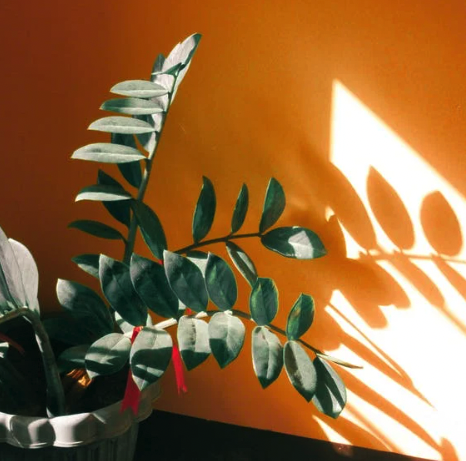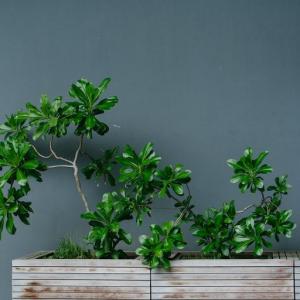
A plant can become quickly stressed out by either too much or too little light, which increases their susceptibility to disease, pests, and early demise. Fortunately, the majority of plants have labels on them that indicate whether they prefer full sun or partial shade. You'll need to keep a close eye on it because it may take some trial and error to find the plant's ideal lighting.
The amount of sunlight in your yard is frequently simpler to gauge than inside. Outside, it's easy to see where the sun is shining directly and where it's shaded. Indoor lighting is more subdued. Knowing the different types of light you have in your home can help you determine whether a houseplant will thrive there.
Choosing the Right Indoor Plant Lighting
Interior plant lighting comes in three main categories:
Bright Light: A sunny window that receives direct light all day long is one that faces the south or west. It needs at least five to six hours of direct sunlight each day, ideally more. Avoid the temptation to move your plant closer to the window during the winter months when caring for plants can sometimes be more difficult. The majority of plants that require lots of light won't be able to withstand the chilly drafts that get worse the closer you get to a window.
Indirect Light: The interior of a room that receives full light from a south or west-facing window will have indirect light. It can also have indirect light in areas with an east-facing window. This may also imply, for example, that there is a sheer curtain between the light source and your plant. 1
Low Light: Especially in the winter, a lot of spaces meet this criteria. Low-light conditions include spaces that have windows that face north or that are partially shaded. If it's difficult for you to read a newspaper, the lighting is probably poor. Even in dimly lit spaces, plants can still grow with the addition of artificial lighting.
Additional Plant Needs
The surrounding environment must be taken into account when figuring out how much light your houseplant will need. Although it's not an exact science, keeping in mind these factors will help you choose the best location for your plant.
Temperature: Plants placed close to a heat source, like a heating vent, might not be able to withstand as much bright light as a similar plant placed in a cooler location. Even though you regularly water your plant, if it frequently appears to be wilting, the heat source could be a contributing factor.
Similar to temperature, low or absent air moisture can make plants wilt and become stressed. If that occurs, if you also regularly mist the plant or provide a nearby humidifier, you can typically leave the plant in its ideal lighting conditions.
Sunlight Duration: Most plants require a full day of sunlight. If you can't offer your plant a location with ideal lighting, you might need to provide some additional lamp lighting. 1
Seasonal Variations: As the seasons change, other things also change. The sun is also at a different angle. Your western-facing window may receive full sun all day if the days are long and the sun is high in the sky. Even a western-facing window won't provide enough light for a plant that needs full sun when the days grow shorter and the sun only shines at an angle.
Keep in mind to leave your plant alone if it appears happy and healthy. Try another area if necessary.
文章
还没有人评论,快来抢沙发!









